One of the most common questions we get here at Townsend Security is something like “Who has access to my encryption keys in AWS?” It is a natural question to ask and it can be hard to determine the answer to this question with many key management solutions - including the key management services provided by Amazon. Let me try to answer this question for our Alliance Key Manager for AWS.
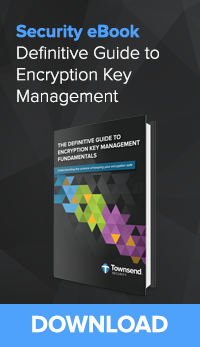 Alliance Key Manager for AWS runs as a stand-alone EC2 instance in Amazon Web Services. There is no component of Alliance Key Manager that is shared by other users of AWS, and there is no component of Alliance Key Manager that uses encryption key management services provided by Amazon in AWS. Neither Amazon nor Townsend Security hold any credentials that grant access to the key manager solution, and there are no “backdoors” to the key manager. You, the AWS customer, solely and exclusively manage it.
Alliance Key Manager for AWS runs as a stand-alone EC2 instance in Amazon Web Services. There is no component of Alliance Key Manager that is shared by other users of AWS, and there is no component of Alliance Key Manager that uses encryption key management services provided by Amazon in AWS. Neither Amazon nor Townsend Security hold any credentials that grant access to the key manager solution, and there are no “backdoors” to the key manager. You, the AWS customer, solely and exclusively manage it.
Encryption keys in Alliance Key Manager are managed by the Alliance Key Manager Administrative Console. This is an application that you install on your PC and which accesses one or more instances of Alliance Key Manager in AWS. While you could install the administrative console in an EC2 instance in AWS, we recommend that you install it on a secure PC outside of AWS. You maintain full control over the application used to manage keys.
The administrative console connects to Alliance Key Manager over a secure TLS session using certificates that are issued by the Alliance Key Manager instance. That is, only administrators using PKI certificates known and authenticated by the specific key manager are allowed to perform management functions.
The use of encryption keys by applications or users inside of AWS or outside of AWS is likewise controlled by secure TLS sessions that are also validated to the specific key manager instance and certificate authority. Just having a valid certificate from Verisign or other certificate authority is not adequate to gain access to encryption keys.
An additional layer of encryption key access control allows you to restrict an encryption key to a user or group as defined on the client-side certificate. This level of key access control leverages to Common Name (CN) and Organizational Unit (OU) of the client-side certificate to control access to a key. If you specify that a key can only be accessed by user “Bill” in the group “Sales”, then Alliance Key Manager will inspect the connecting session to be sure that the certificate Common Name contains the value “Bill” and that the certificate Organizational Unit is “Sales”. Access is denied unless this rule is met.
Lastly, if an unauthorized user gains access to the Alliance Key Manager encryption key database they will not have access to the actual encryption keys. Data encryption keys (DEK) are encrypted by key encryption keys (KEK) which are stored separately. A stolen backup or copied key database file will be insufficient to gain access to the encryption keys.
You should be aware that any cloud service provider has low level access to your virtual machines and storage. That is true of Amazon’s cloud platform as it is with any other cloud platform. And you should also be aware that Amazon and other cloud service providers must obey the laws and regulations of the countries in which they operate. You cannot exclude the possibility that Amazon will provide access to your key management EC2 instance if required to do so under the law. In some countries this means that law enforcement organizations, national security agencies, and other governmental actors may have access to your encryption keys. And, while very unlikely, you cannot exclude the chance that an Amazon employee might make an unauthorized access to the EC2 instance of your key server. If these possibilities make you feel uncomfortable you should consider hosting your key management server outside of AWS. Townsend Security's Alliance Key Manager solution can be hosted in your data center or in a hosting facility that you designate for this and provide keys to your AWS applications.
You can find more information about Alliance Key Manager for AWS here.



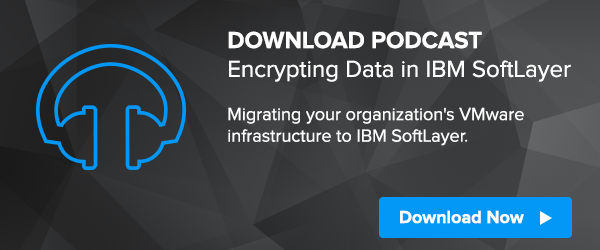
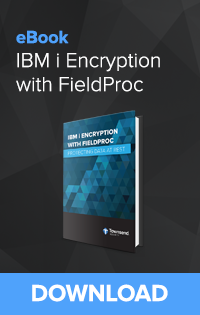
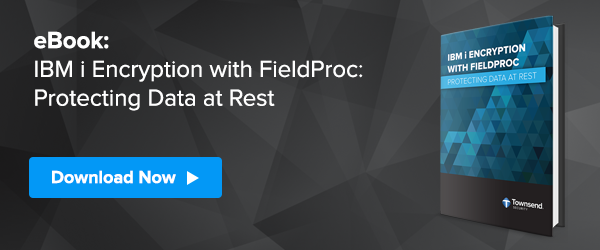
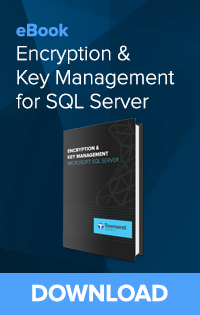
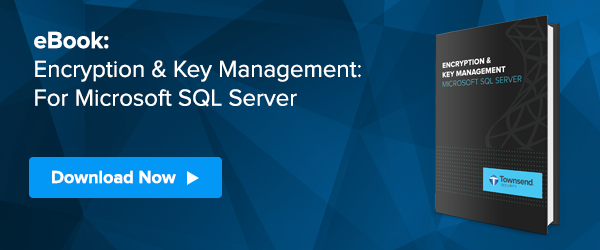
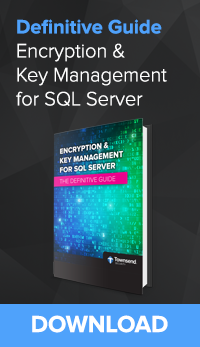
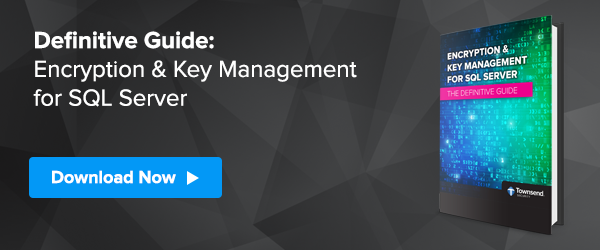



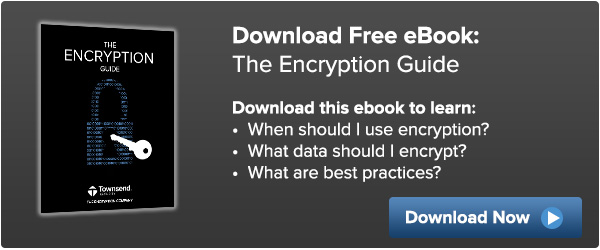
 But the fact is that we owe an enormous debt of gratitude to these mathematicians as the practical results of their work keep us safe every day. Some of them work in academic environments around the world, some work for large companies like IBM and Microsoft, some work for governmental agencies, and some are students. Cryptography (sometimes called Cryptology) is a branch of mathematics and encompasses a number of areas. Like any area of academic specialization some cryptographers are well known, and some are mostly invisible outside of their academic area of specialty. You may have heard of Bruce Schneier as he is quite well known through his writing, speaking engagements and testimony before committees of the US Congress.
But the fact is that we owe an enormous debt of gratitude to these mathematicians as the practical results of their work keep us safe every day. Some of them work in academic environments around the world, some work for large companies like IBM and Microsoft, some work for governmental agencies, and some are students. Cryptography (sometimes called Cryptology) is a branch of mathematics and encompasses a number of areas. Like any area of academic specialization some cryptographers are well known, and some are mostly invisible outside of their academic area of specialty. You may have heard of Bruce Schneier as he is quite well known through his writing, speaking engagements and testimony before committees of the US Congress.
